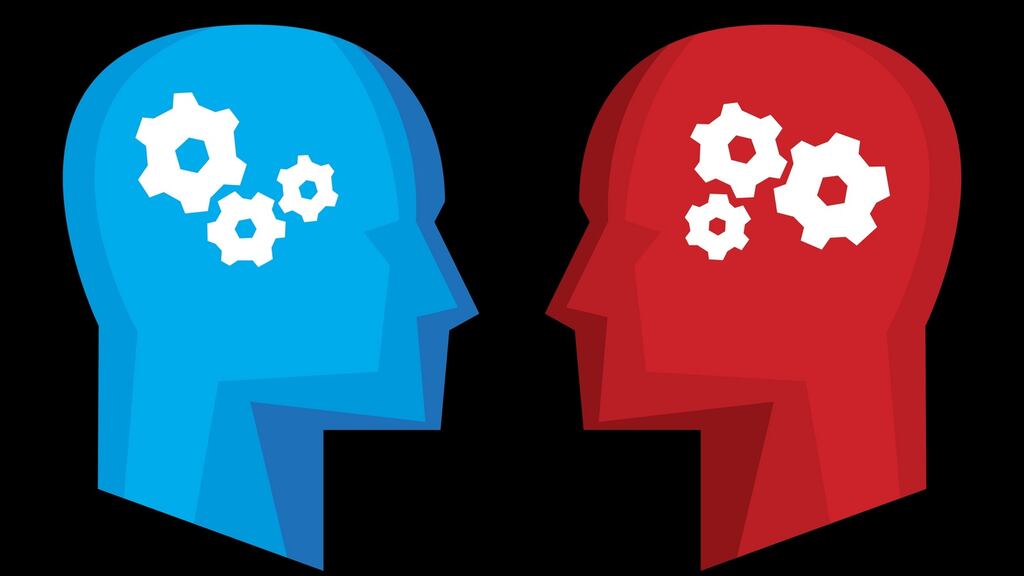Imagine you were asked the following question: “Out of every 100 adults in Ireland how many do you think are overweight?” What happens next in your head?
One possibility is that you know the answer. More likely, however, is that you don’t know and will have to guess.
Psychologists have studied how such guesses are made. The main insight was made in the 1970s by Daniel Kahneman and Amos Tversky. Essentially, in order to guess, you scan your memory. You think of your own friends and family, your colleagues, the people you see around you. As they flash before your mind, you tot up how many of them are overweight. This is the basis of your guess.
In the end, you judge the prevalence of overweight people by how easily they come to mind. Kahneman and Tversky conducted lots of experiments to demonstrate this idea and gave it a fancy name: the “availability heuristic”.
When you think about it, this is a pretty clever way for your brain to work. It is as if you rapidly conduct your own random sampling; in a matter of seconds you undertake a sort of internal statistical survey.
What does the availability heuristic mean for the accuracy of your guess? It is likely to be biased. The images in your memory are not a random sample of the population, but a selection of people you typically see. If overweight people spend less time out and about on the streets than slim people, your brain counts too few. As today’s survey shows, on average, we underestimate how many people are overweight.
Understanding this psychology is important for interpreting the survey. It is tempting to interpret inaccurate responses as an indication of attitudes, values or media bias. Maybe some are, but I suspect mostly not.
Take the finding that people overestimate the number of immigrants. If you understand the availability heuristic, this is unsurprising. Immigrants are on average younger and tend to work in highly visible services such as retail and hospitality. What people see around them drives their perception.
Of course, some people are aware of their own biases and try to correct them. In fact, when you are put on the spot, as these survey respondents have been, you become acutely aware of how little you know. The result is that you are likely to hedge your bets by fighting shy of extreme answers.
When you are unsure, you take your best guess but you then conservatively adjust it a little in the direction of 50-50. The greater your doubt, the more you adjust it.
The survey asked 25 questions of the “how many out of 100 people” sort. For 21 of these questions the average response was closer to 50-50 than the “true” figure. So, somewhat ironically, the erroneous numbers convey a form of self-knowledge: we know what we don’t know.
The main reasons for the inaccurate answers are probably not prejudice, ignorance or biased media reporting. Rather, the questions are hard and people give cautious answers based on their experience.
Dr Pete Lunn is a behavioural economist with the Economic and Social Research Institute










